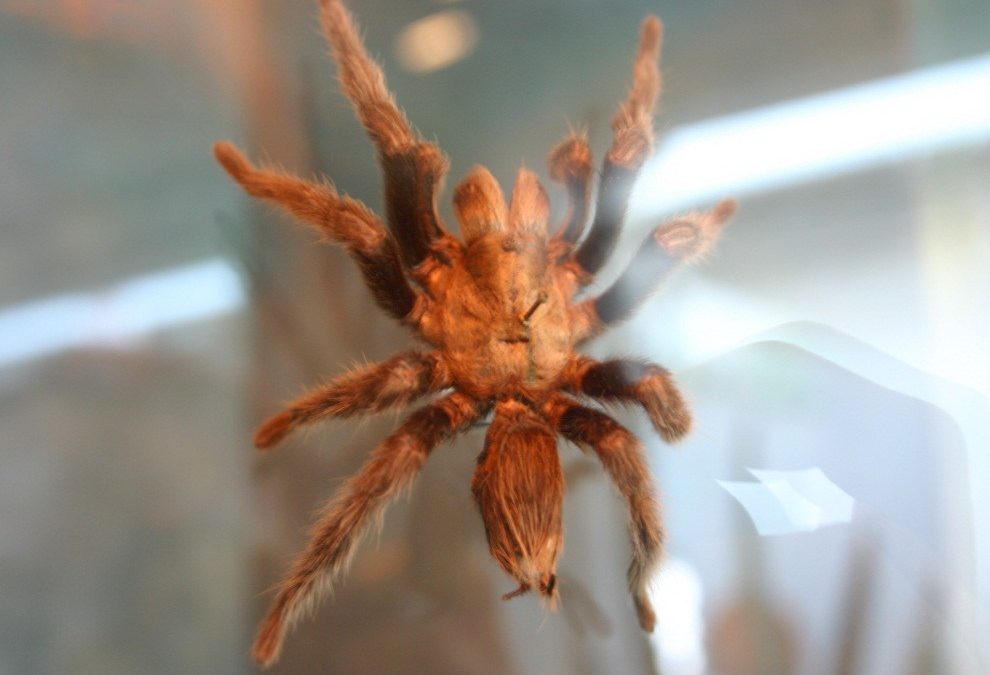Tarantula species like bird eating spiders are really not meant to be handled. It’s mostly a pet you keep for observation. They don’t benefit from handling, and they really don’t care if you handle them or not, don’t expect them to love you back just like when you are petting your cats or dogs. Keep in mind, they’re not social creatures. They shy away even from their own kind, so what makes you think you and your itsy bitsy spider can become good friends? They’ll try to get away from you not because they don’t like you but because they’re scared that you might crush them (natural instincts in the wild), they might even try to mistake you for a predator and bite you. However, as a responsible keeper who took the commitment to care for these animals (even if they didn’t really ask for it), your job is to keep them safe and provide them with everything they need – and part of the job is handling them once in a while.
Handling tarantulas like this one can provide a thrilling experience for you as the owner but again as much as possible try not to handle them because if you do that they can get stressed and cause them to be ill. Here are some tips when handling bird eating spiders:
- First of all, there’s a huge possibility that you’ll get bitten so if you don’t want to experience being stung by a bird eating spider (it’s quite painful and can make you dizzy for a few hours), you might want to get some kind of gloves on to protect you.
- Before you try to handle your pet, make sure to check its current move. The best way is to use a stick or a tong, you can slightly brush them or like use the equipment to touch their legs so that you can gauge their behavior at the moment, and perhaps let your spider know you’re trying to do something.
- Once you do the “introduction,” you can then slowly coax it out of the container using the brush/ tong, and place your hand near the container where it can walk right through. Be gentle to them since they are also gentle creatures.
- Another thing you can try is to slowly pick them up with your fingers and just cup them from the top. Put your fingers/ hands underneath their legs because in this way your spider is cradled, and you’re not sort of smashing down on it. However, this may not apply to handling big or adult bird eating spiders as they may become threatened.
- You can also try to coax them in your hand as they are walking and just give them a little nudge on their abdomen so that he’ll walk right through your hand.
- Most tarantulas don’t like the feeling of human hand because it’s something foreign to them, and they would want to move out as soon as possible.
- Make sure that whenever you’re holding them, you keep them near the ground because they’ll try to jump and get away from you. It will prevent them in falling from great heights.
- After doing that, you can then slowly place them back inside their cage or enclosure the same way you coax them out. Remember, try to be as gentle as possible because these creatures are very fragile and a bit of pressure can break them.






 Author and long-time animal lover. Sharing knowledge on pet care through experience and the written word.
Author and long-time animal lover. Sharing knowledge on pet care through experience and the written word.